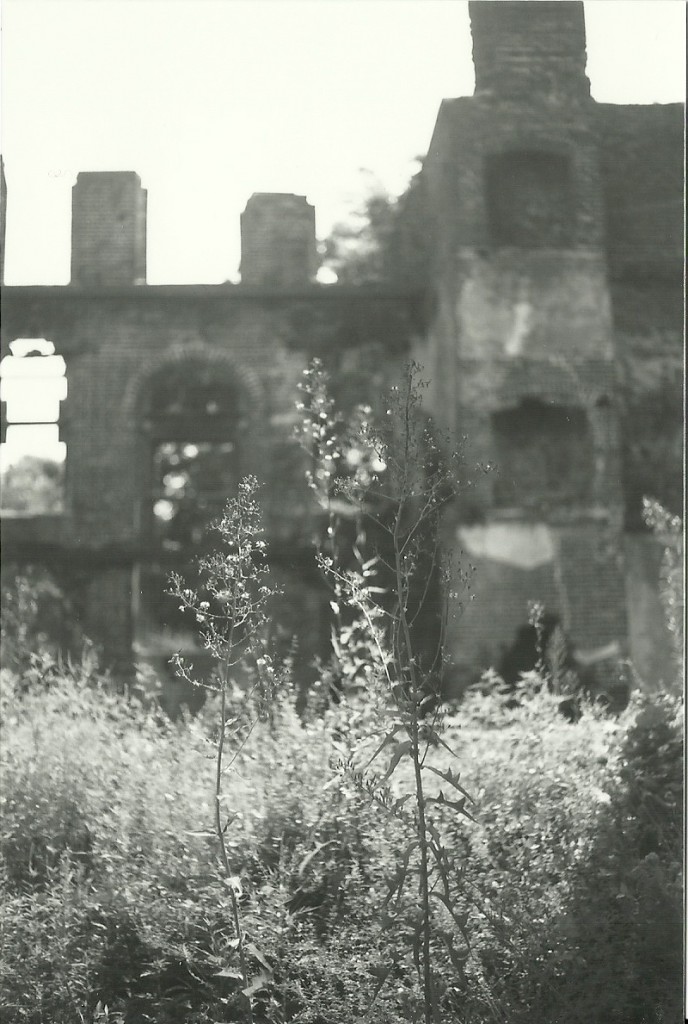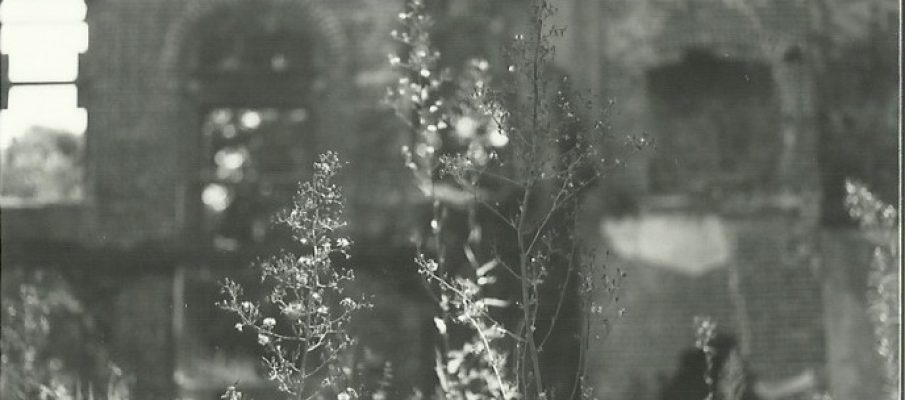As I type these words, a cold rain falls down, turning to ice almost the instant it touches something. Icicles cling to the eaves of the roof, the edges of cars, and any living thing that holds still. We’ve slogged through snow since Tuesday, but next Wednesday will be seventy degrees. More snow arrives on Thursday. The ping-pong of Spring weather makes me dream of the summer, when I took clear, dry roads into the middle of nowhere to find things to put in a book someday.
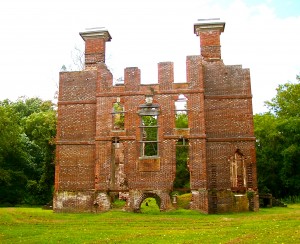
(photo “Rosewell.VA” by Agadant )
Last August, I sought out Rosewell Plantation. Just one or two steps above a road side attraction, Rosewell mattered once. These days, you’d be hard pressed to find the place. You take a rural highway, pass historic battlefields, go over a bridge, and then wind through farmland long enough to be sure you’re lost. The houses hide behind pines and oaks, bright red pickup trucks show in between the branches. If you’re lucky, you stopped at the 7-11 nine and half miles before for a bottle of water or a clean bathroom. Your only other option is the plantation visitor center or a tree.
Besides the bathroom and the small refrigerator with the cool bottles of water, the visitor center holds a one room exhibit of artifacts found at the house. Learn about the rough draft of the declaration of Independence that Thomas Jefferson wrote here or watch a quick movie about the restoration efforts. The gift shop boasts two display cases filled with out-of-print books, talked up by a volunteer who works hard to sell them. I couldn’t tell if her enthusiasm came from desperation, boredom, or devotion. In any case she walked out to the shell paved parking lot and pointed to the right. The land around the plantation is rented to farmers, corn in the front, soy closer to the main house. She warned me at least twice not to pick any of it, and to stay out of the fields.
The road to the plantation is paved only with dirt. If you let your hand drift outside the window you risk feeling the slap of corn stalks. An uncomfortable drop off exists between the soy bean plants and the road, a two foot rise of crushed shells and white dirt. It’s not like the car would have an accident, but the wire around the beans would surely snap, ruining a paint job, so it’s best to drive straight, trying not to think about what would happen in the one lane space if another visitor was leaving at that time.
In 1725 they called it the grandest home in the nation. In 1916 it burned to the bones.
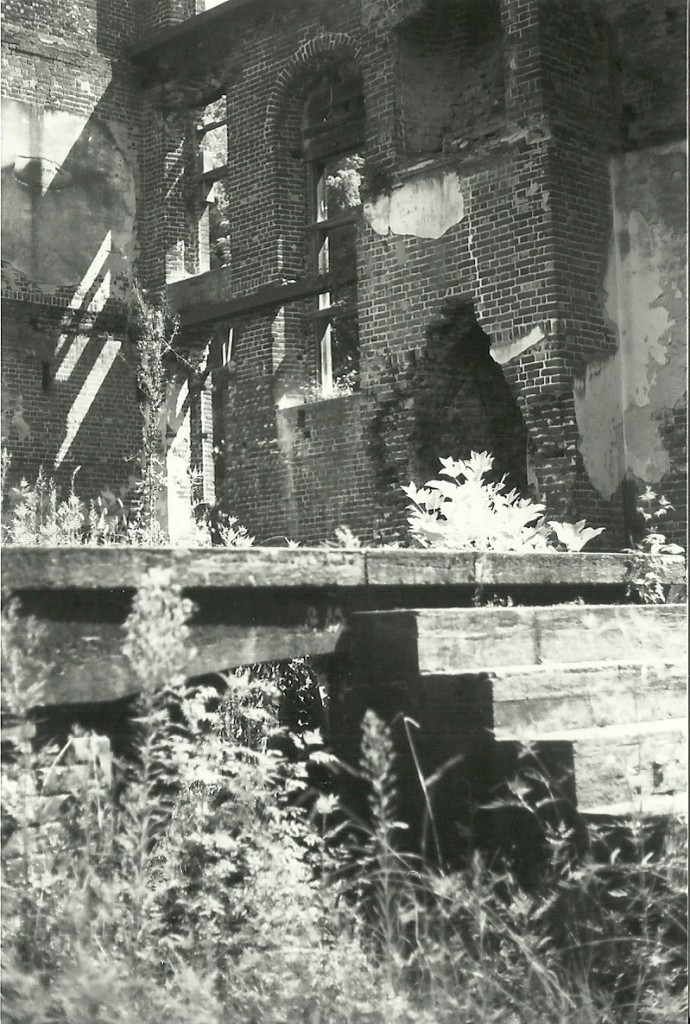
For a few decades Rosewell was something of a local celebrity. Kids came out to play here, each one leaving their mark on the antique bricks. The names are clearly visible, some have dates scratched into them. I spent a few minutes trying to follow a timeline of my life in them. A brick for the year my brother born showed up quickly, one for the year I was born took a bit more time. They stop soon after the house won its place on the National Historic Register but Joey and TJ haven’t been erased.
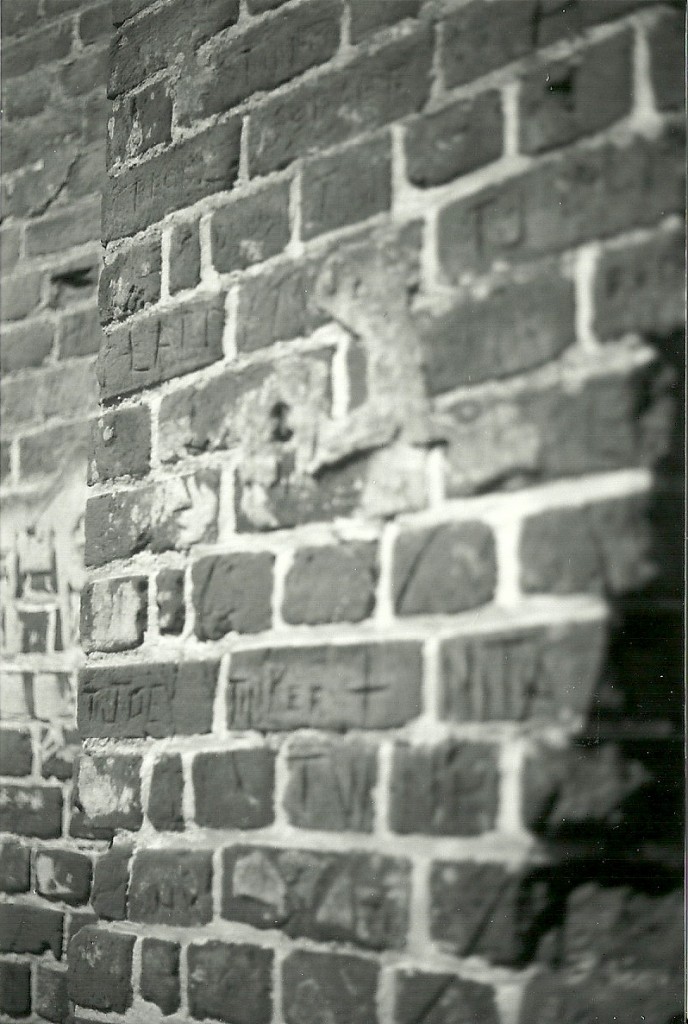
Restoration efforts seem shaky. Groups come out to plaster over brick. Modern beams are sunk to support the old structure. But somehow the work doesn’t seem to have gone on lately, certainly not this week or last, probably not in the last month. The volunteer warned us about ticks in the interior of the house. There was a problem with funding for the proper weed-eater, the bugs couldn’t be controlled in the high grasses. I didn’t mind, the wildflowers and high grasses added to the air of companionable neglect. You could tell from walking around Rosewell that a small group of people loved it. They wanted it to be grand again, to remind the world of how important it had been once. There’s something wonderful about local people fighting to keep a local place from being forgotten by the rest of the world.
